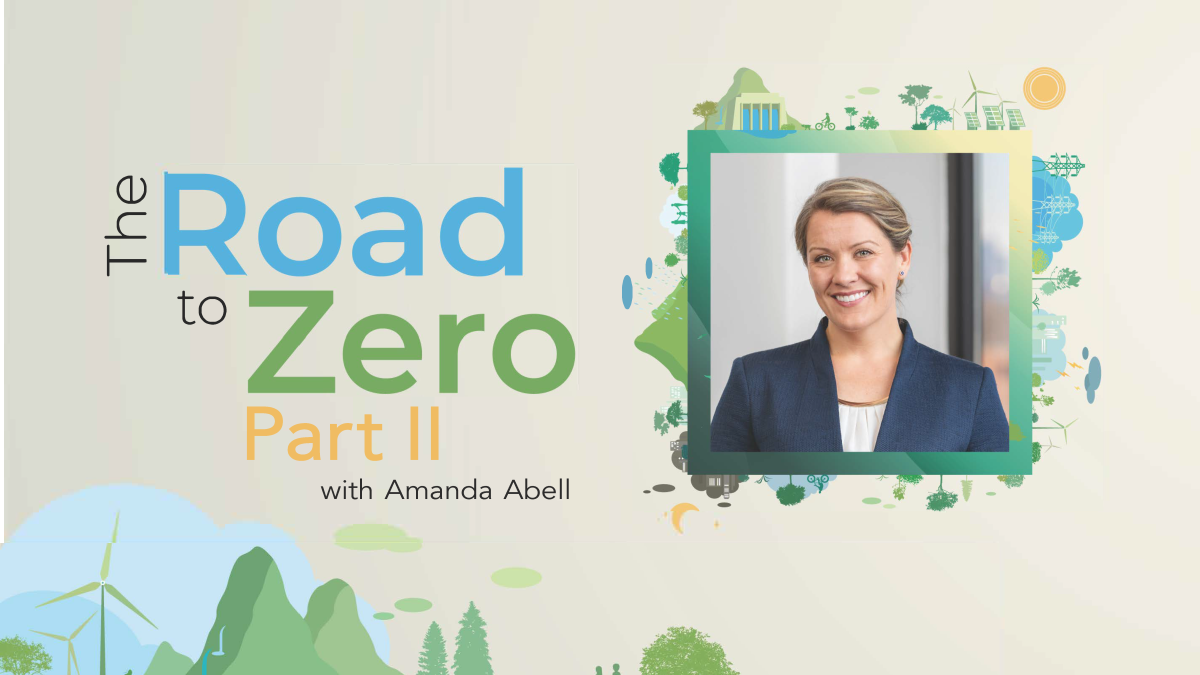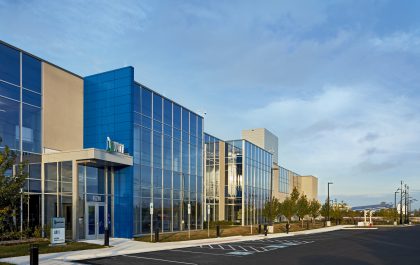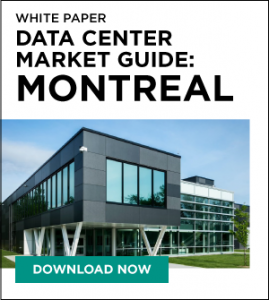The Road to Zero: How Vantage Plans to Reduce Energy Emissions
In our last article on Data Centers Today, we spoke with Amanda Abell, senior director of sustainability at Vantage Data Centers, about the company’s goal to meet net-zero carbon emissions by 2030 and what the company is doing to meet this aggressive carbon emissions goal.
The company’s recently released ESG Report explored additional initiatives that Vantage is undertaking to be even more environmentally conscious, including the reuse of waste heat and the reduction of water consumption. In the second half of our two-part discussion with Amanda, we asked about the other steps Vantage is taking to be more sustainable, explored three key categories or areas of investment that the company is exploring to make an immediate impact, and talked about how even the company’s financing is going green.
In the ESG Report, you say there are three categories where you can have an immediate impact, including new technologies. How can these new technologies make Vantage more “green?”
Amanda Abell: We are actively exploring how to reduce emissions through investments in new technology. This investment could be in renewable fuels, energy storage and other enabling technologies that would allow us to use energy more efficiently and not rely so heavily on the grid.
Also, we’re examining investments in different technologies to help us lower emissions from our on-site generators, whether it’s reducing run time of the generators, switching to renewable forms of diesel fuels or transferring to another type of backup technology. In addition, we are continuing to focus on energy efficiency in the design and operations of our facilities. Examples include analyzing our design to ensure the entire site is operating as efficiently as possible and investing in retrofits for existing sites to improve efficiency. Vantage is committed to using the most efficient technologies feasible so we can continue to build and maintain high-performing data centers that use less energy in the first place.
The other two categories or areas of investment sited in the ESG Report were renewable energy and carbon removal projects. Can you tell us a bit more about these?
Amanda Abell: Vantage is working to source renewable energy wherever possible. This initiative includes offering our customers renewable energy options for power, partnering with utilities, providing programs to help customers procure renewable energy certificates, and investing in renewable energy projects.
For unavoidable emissions, we’re exploring opportunities to fund carbon removal projects; that’s the distinction between a carbon-neutral goal and a net zero goal. When Vantage made our net zero commitment, we knew we would need to invest in projects that not only avoided carbon emissions somewhere else but actually removed carbon from the atmosphere.
When we say we’re committed to reaching net zero, we’re looking at how we invest in projects that remove as much carbon from the atmosphere as we produce in a year. Investments in those types of removal projects and offsets are the final strategies of how we bridge that gap of emissions that are still unavoidable in 2030.
We are also examining how to invest in projects that prioritize opportunities that will directly benefit the communities where we operate. Great examples are projects that restore biodiversity and sequester carbon from the atmosphere, such as reforestation projects.
Our first priority is reducing emissions as much as we can using all of the strategies we discussed. For emissions that are still unavoidable in 2030, we will have a strategy to purchase carbon removal offsets that are additional, quantifiable, real, permanent, and have a positive impact on local communities.
Sustainability is about more than just reducing GHG emissions. How is Vantage working to eliminate other kinds of waste—such as water and heat?
Amanda Abell: At Vantage, our standard or preferred design uses virtually no water for cooling. In areas where we have to use water because of climate conditions or customer requirements, we look at solutions that minimize any negative impact. One example is partnering with utilities to use recycled or reclaimed water.
This approach is in addition to designing efficient data centers. Vantage is designing facilities that are drought resistant and include low flow fixtures throughout the facility. We design responsibly, reducing the amount of water we use overall.
For waste heat, we have some climates we operate in that are very cold. There is an interest in potentially utilizing waste heat generated from our data centers to contribute to district heating networks or provide heat for adjacent facilities.
The first location we’ve explored this is in Zurich, Switzerland. While we’re not connected to the district heating network presently, we have designed the facility to enable us to partner with the neighboring community to export our waste heat for warming nearby buildings.
The ESG report states that “even [Vantage’s] financing is going green.” What is meant by that? How can financing be green?
Amanda Abell: A green loan is a financing mechanism that allows lenders to align their investments with projects that reduce negative impacts on the environment. In order to qualify for the green loans that were received for Vantage projects in North America, the projects had to meet specific criteria for sustainability measures, such as water conservation and carbon emissions reduction, as well as achieving a low Power Usage Effectiveness (PUE).
A truly sustainable business expands its decision-making criteria beyond just financial terms. It considers a triple bottom line that includes environmental, social and financial impacts. Lenders are starting to use a similar approach to financing because they recognize that businesses that take this approach are not only striving to have an overall positive impact, but are actively mitigating potential risks associated with climate change, resource constraints and negative community sentiment. Green loans not only address the financial aspects of the project, but they also look at the environmental and the social impacts of the project, and if they are being addressed responsibly. Green financing combines sustainability and ESG reporting with the financial reporting required for these loans.
Pursing these loans is not only beneficial to our business in terms of obtaining better loan terms, but allows us to communicate to the market how we are translating our sustainability commitments into real action.
If you missed the first part of our discussion with Amanda, check it out here.
To learn more about Vantage’s environmental sustainability program, click here.



